japanese pagoda tree edible
The Japanese Pagoda Tree grows to a height of up to 6m with a spread of 6m and has a moderate growth rate of about 25cm per year. These are also commonly used as street trees.
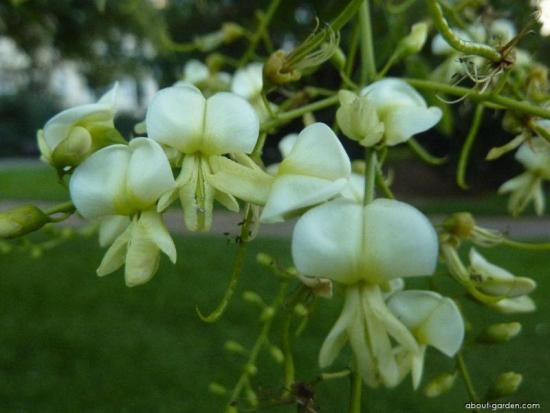
Japanese Pagoda Tree Scholar Tree Yale Nature Walk
It is a medium to large deciduous tree that typically matures to 50-75 less frequently to 100 tall with a broad rounded crown.
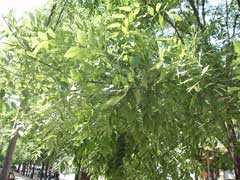
. This seems more appropriate despite the Japanese reference in its scientific names since the tree. While some parts of the pagoda tree are edible the peas are toxic and should not be consumed. Seed pods appear in the summertime which can cause serious litter on the ground.
Great for casting light shade. The plant is important in traditional medicine and its leaves and flowers are edible. Creamy white flowers in June.
Japanese pagoda tree is deciduous in nature. The leaves need to be cooked in three lots of water in order to remove the bitterness 179. Leaves are cooked with rice and consumed.
And the tree is cultivated as an ornamental in many places. It is generally cultivated for its attractive compound foliage and fragrant late. A clusters of creamy white-green fragrant flowers appear in summer.
This Japanese or Chinese Pagodatree or Scholar-tree is actually native to China and Korea. The fruit of the pagoda tree is a yellowish bean-shaped pod narrow between seeds like a string of beads. It is a fast growing tree of 2 to 3 feetyear that is similar to the American Black Locust.
The fruits mature in autumn and often continue to hang down in the winter. This will also remove most of the vitamins and minerals K. The Japanese pagoda tree is often called the Chinese scholar tree.
Is Sophora japonica edible. Despite its name the Japanese pagoda tree is native to China and was introduced to Japan where it is commonly found on the grounds of Buddhist temples. The wood is useful in construction.
Each pod produces between 1 and 6 brown beanlike seeds. How fast do Japanese pagoda trees grow. Japanese Pagoda Japanese pagoda is a large deciduous tree native to China It is an upright forming a lacy canopy of dark green pinnate leaves.
It grows in full sun or part shade and is heat and drought tolerant. This fairly fast-growing tree should be planted in full sun and ideally in well drained soil. Use this as an accent to a yard already filled with trees or as a single planting specimen in the front yard for all to see.
Styphnolobium japonicum commonly called Japanese pagoda tree or Chinese scholar tree is native to China and Korea but not Japan. Syringa pekinensis China Snow China Snow Pekin Lilac. Read customer reviews find best sellers.
It offers frothy flowers when in season and fascinating and attractive pods. Styrax japonicus Emerald Pagoda Everything about Emerald Pagoda is bigger than the species. Rutin Tea Young leaves and flowers - cooked 177 183.
Ad Browse discover thousands of brands. The leaves need to be cooked in three lots of water in order to remove the bitterness 179. Bright green leaves turn yellow in the fall.
Pair with a Japanese maple for gorgeous color contrast in both the summer and fall. Dwarf Japanese Lilac Tree Std. Is Japanese pagoda tree fruit edible.
This will also remove most of the vitamins and minerals K. It is a medium to large deciduous tree that typically matures to 50-75 less frequently to 100 tall with a broad rounded crown. Sophora japonica commonly called Japanese pagoda tree or Chinese scholar tree is native to China and Korea but not Japan.
Bigger white flowers thicker stems fatter leaves faster more upright growth. Syringa reticulata Ivory Silk Ivory Silk Japanese Tree Lilac. Blooms in the summer.
Edible Uses Young leaves and flowers - cooked 177 183. It is a medium to large deciduous tree that typically matures to 50-75 less frequently to 100 tall with a broad rounded crown. Edible Uses Young leaves and flowers - cooked 177 183.
The leaves are a rich source of rutin they contain much more than the usual commercial source buckwheat Fagopyrum esculentum 174. Rounded to spreading in form. Address Texas Tech University Department of Plant and Soil Science Box 42122 Lubbock TX 79409 Phone 8067422838.
The alternate leaves are 6 to 10 inches long with 7 to 17 opposite leaflets that. Despite its name the Japanese pagoda tree is native to China and was introduced to Japan where it is commonly found on the grounds of Buddhist temples. Exfoliating bark is a rich amber.
Young tender leaves shoots and twigs flowers and seeds are edible cooked. Fruits make very slippery ground when they fall. Sadly it loses some of its grace in all of that beefiness but we still like it.
Page 4478 of 4998. The Japanese Pagoda tree is a medium-sized tree grown for its elegant foliage and shape as well as its 6-12-inch fragrant white flowers. Shoots are sundried and boiled several times to remove the bitter elements before eating.
200 Syringa pekinensis China Snow China Snow Pekin Lilac. Nutrition Is edible no Culinary uses Nutritional value Edible parts Description of edible parts Flavor texture Horticulture Horticulture notes Herbarium Tag needs printing no Collection notes Sophora japonica Regent is a woody perennial. While some parts of the pagoda tree are edible the peas are toxic and should not be consumed.
The Japanese pagoda tree s use as an ornamental or street tree is due to its ability to withstand urban pollutants and both acidic and alkaline soils. The edible effects of Japanese Pagoda Tree Japanese Pagoda Trees Styphonlobium japonicum can cool blood and stop bleeding clear liver decrease internal heat anti-inflammatory anti-edema anti-ulcer lower blood pressure and other effects. The Japanese pagoda tree Sophora japonica or Styphnolobium japonicum is a showy little shade tree.
The plant is important in traditional medicine and its leaves and flowers are edible. Sophora japonica commonly called Japanese pagoda tree or Chinese scholar tree is native to China and Korea but not Japan.
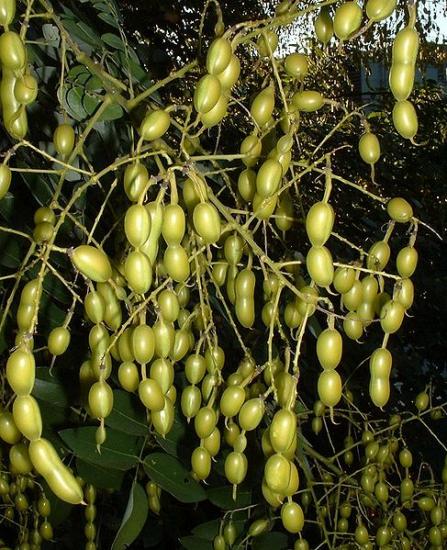
Japanese Pagoda Tree Scholar Tree Yale Nature Walk

The Japanese Pagoda A Late Summer Flowering Tree Tbr News Media
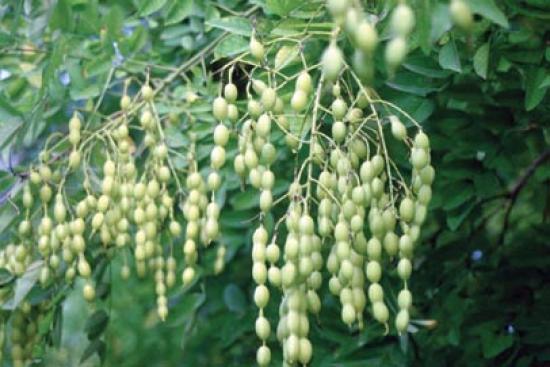
Japanese Pagoda Tree Scholar Tree Yale Nature Walk

Styphnolobium Japonicum Japanese Pagoda Tree Scholar Tree Pfaf Plant Database
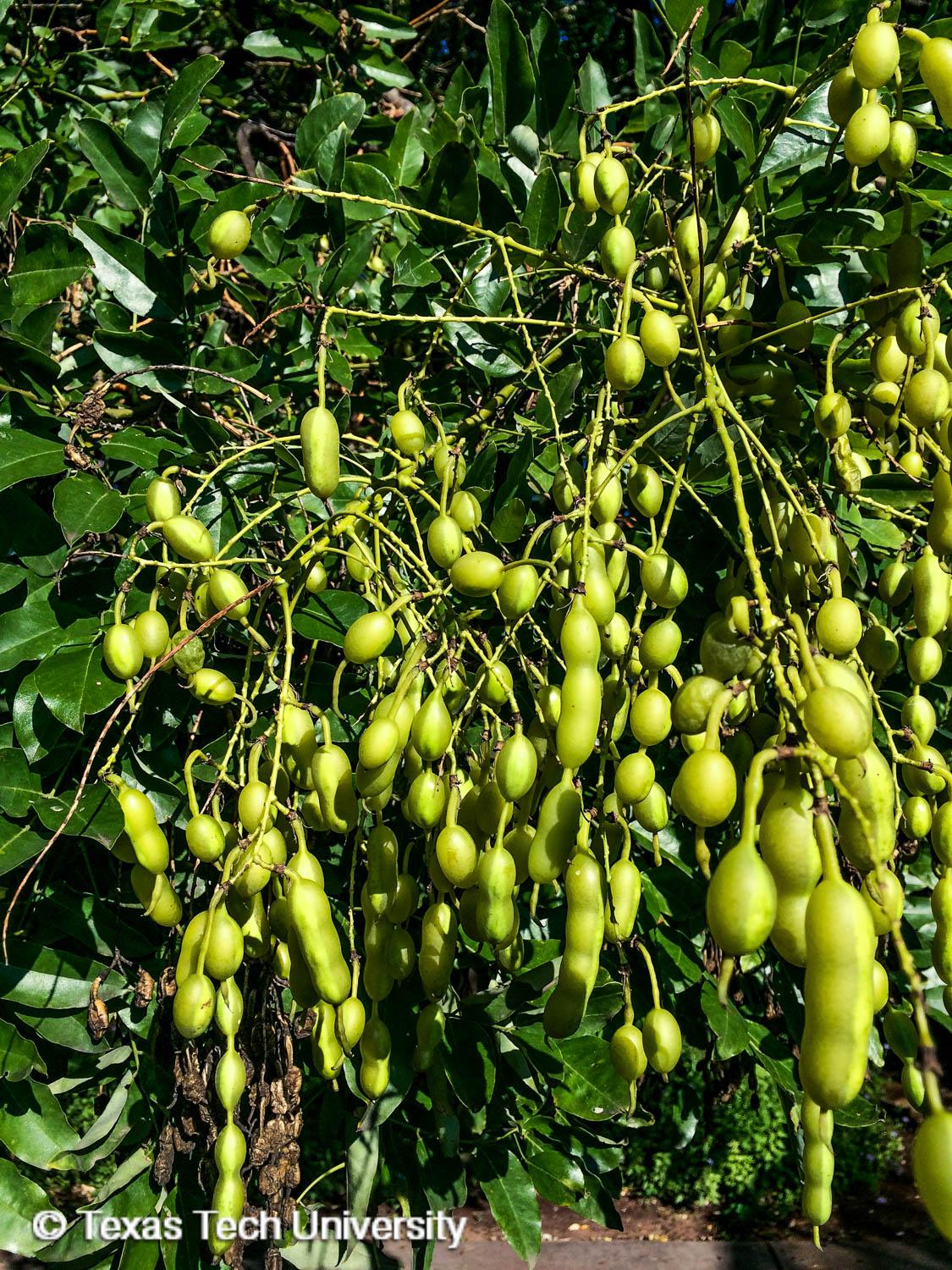
Japanese Pagoda Tree Plant Resources Home Ttu
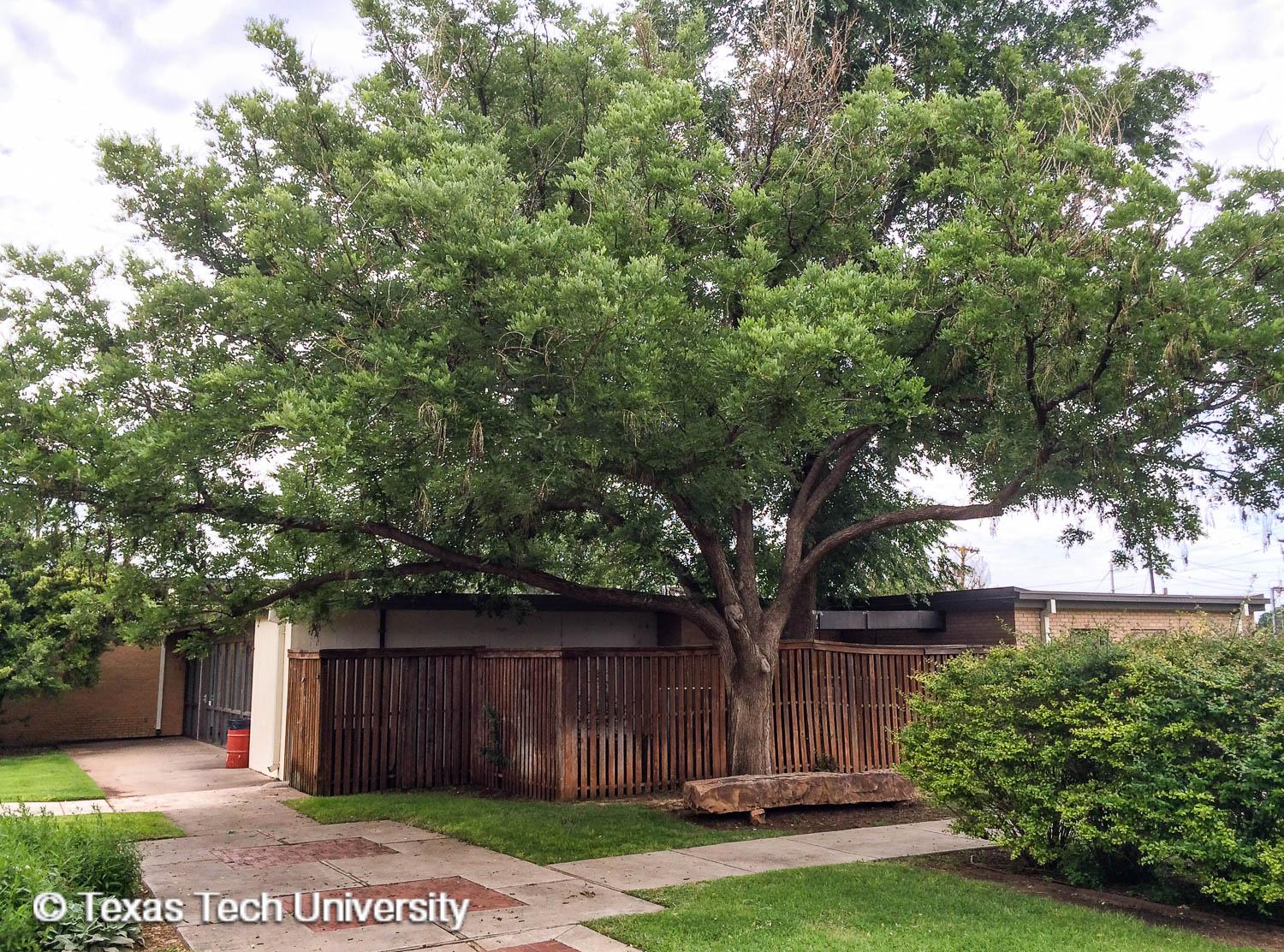
Japanese Pagoda Tree Plant Resources Home Ttu
Japanese Pagoda Tree Becoming Popular In U S Cities What Grows There Hugh Conlon Horticulturalist Professor Lecturer And Gardener
Japanese Pagoda Tree Becoming Popular In U S Cities What Grows There Hugh Conlon Horticulturalist Professor Lecturer And Gardener
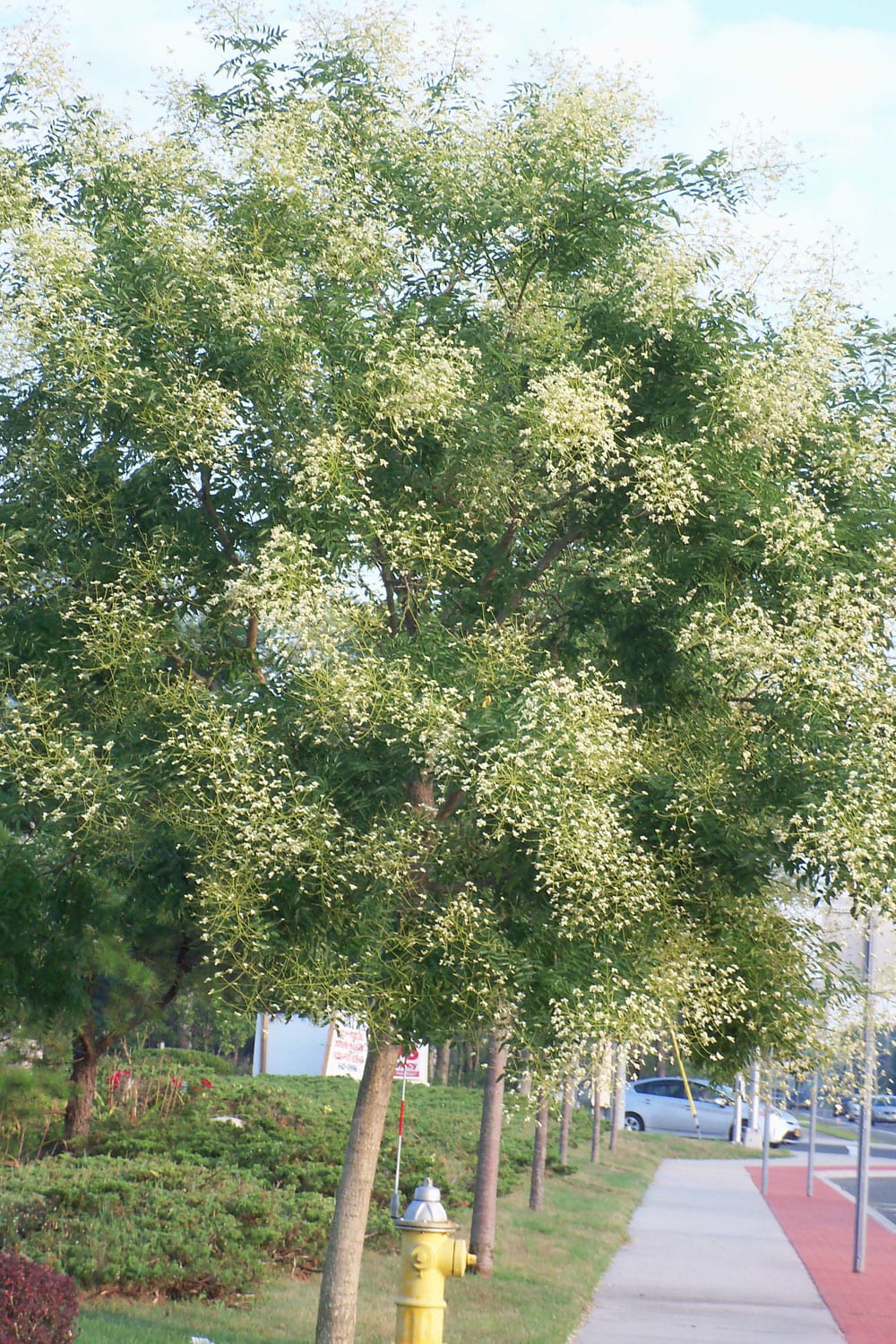
The Japanese Pagoda A Late Summer Flowering Tree Tbr News Media